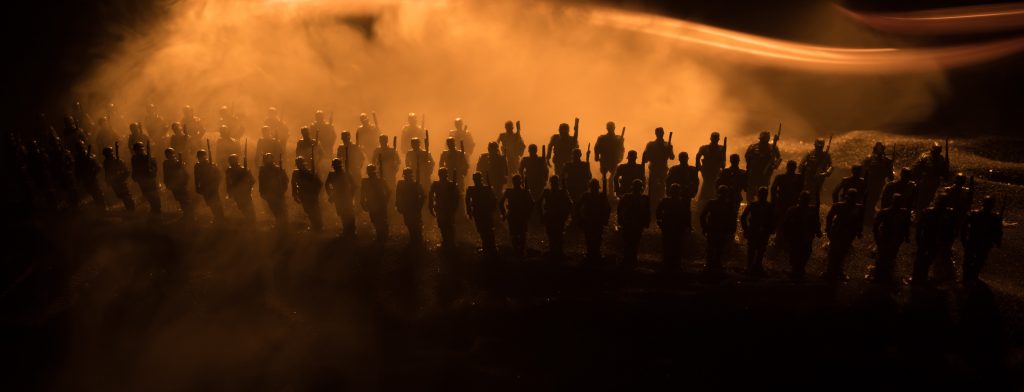Historical Events
27 Feb 2025
Historical Events
27 Feb 2025
Historical Events
27 Feb 2025
Historical Events
27 Feb 2025
Historical Events
27 Feb 2025
Historical Events
27 Feb 2025
Historical Events
27 Feb 2025
Historical Events
27 Feb 2025
Historical Events
27 Feb 2025
Historical Events
27 Feb 2025
Historical Events
26 Feb 2025
Historical Events
26 Feb 2025
Historical Events
26 Feb 2025
Historical Events
26 Feb 2025
Historical Events
26 Feb 2025
Historical Events
26 Feb 2025
Historical Events
26 Feb 2025
Historical Events
26 Feb 2025
Historical Events
26 Feb 2025
Historical Events
26 Feb 2025
Historical Events
26 Feb 2025
Historical Events
23 Feb 2025
Historical Events
23 Feb 2025
Historical Events
23 Feb 2025
Historical Events
23 Feb 2025
Historical Events
23 Feb 2025
Historical Events
23 Feb 2025
Historical Events
23 Feb 2025
Historical Events
23 Feb 2025
Historical Events
23 Feb 2025
Historical Events
23 Feb 2025
Historical Events
20 Feb 2025
Historical Events
19 Feb 2025
Historical Events
19 Feb 2025
Historical Events
19 Feb 2025
Historical Events
18 Feb 2025
Historical Events
27 Jan 2025
Historical Events
27 Jan 2025
Historical Events
22 Jan 2025
Historical Events
22 Jan 2025
Historical Events
21 Jan 2025
Historical Events
21 Jan 2025
Historical Events
21 Jan 2025
Historical Events
20 Jan 2025
Historical Events
20 Jan 2025
Historical Events
14 Jan 2025
Historical Events
14 Jan 2025
Historical Events
13 Jan 2025
Historical Events
13 Jan 2025
Historical Events
13 Jan 2025



16 Jan 2020
06 Feb 2020
31 Jan 2020
07 Feb 2020
04 Feb 2020
31 Jan 2020
17 Jan 2020
07 Feb 2020